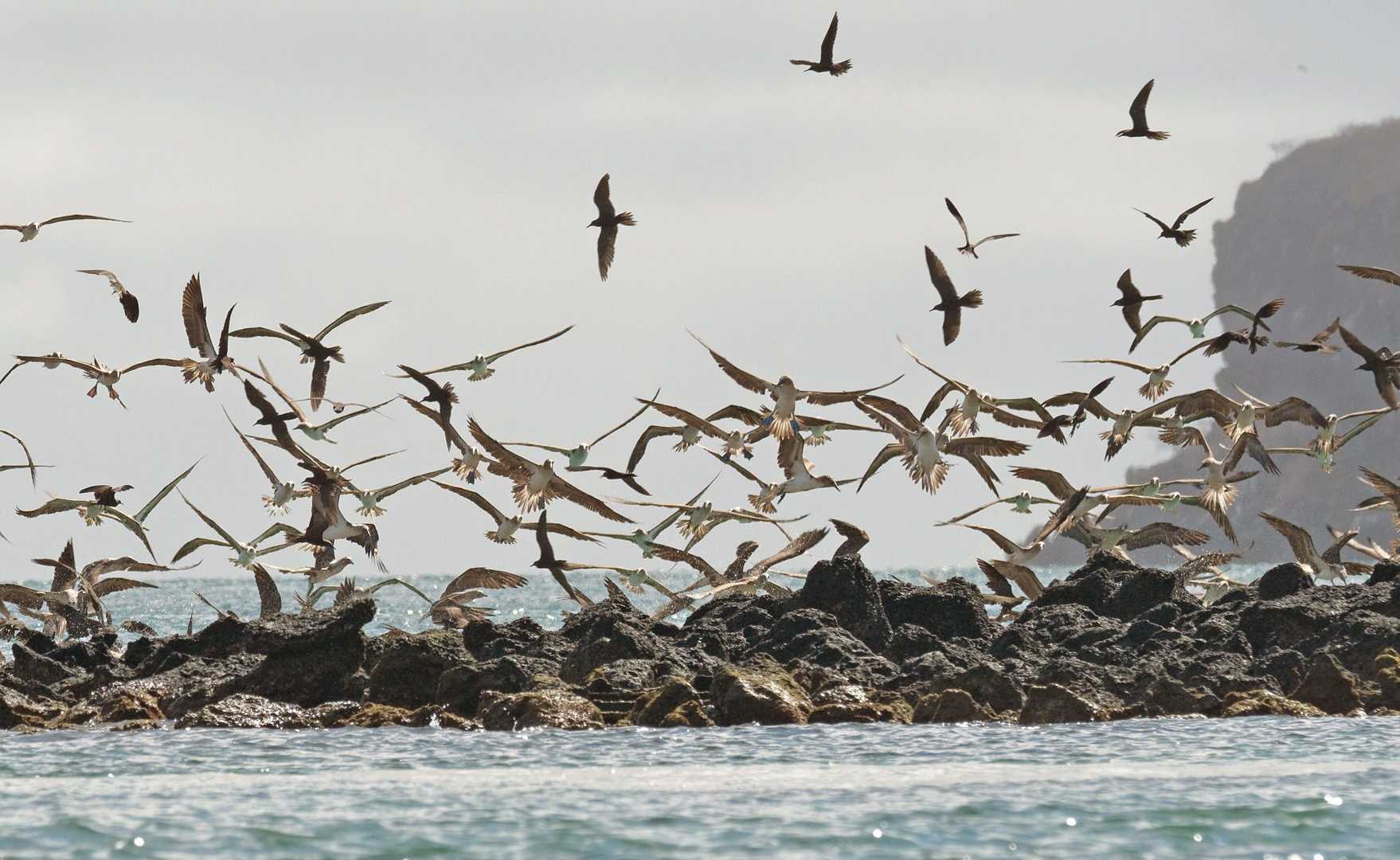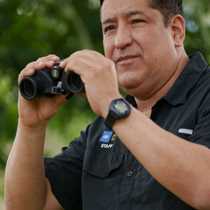Santa Cruz is the second largest island in the Galapagos archipelago and one of the few places where it is possible to see giant tortoises in the wild. After landing, we boarded private buses to reach the highlands where they live. But first, we stopped in a cloud forest to examine the impressive geology of the Los Gemelos area. Several sink holes, or pit craters, are surrounded by many scalesia trees and other native vegetation. A short distance later, we entered giant tortoise territory. We saw so many of these iconic creatures that gave the Galapagos its name. Afterward, we headed to Las Bachas just a few miles away to enjoy the beautiful white sand beach where turtles lay their eggs. All day long, we were captivated by the beauty and wildlife of this very special place.
5/11/2025
Read
National Geographic Endeavour II
Española Island
We started our expedition by visiting one of the oldest islands of the archipelago and quite a fantastic one. We explored the beach in the morning and the inside of the island in the afternoon. Our first outing was a snorkel exploration of a small islet located on Gardner Bay, where we observed sharks, sea lions, sea turtles, spotted eagle rays, and many colorful fish! The temperature of the water, great visibility, and an abundance of life made for an outstanding first deep-water snorkel. We also walked and swam on a beautiful white sand beach next to the big colony of sea lions that live here. In the afternoon, we hiked on Suárez Point. This is the only site in the archipelago where we can find the very famous waved albatross. We walked a rocky trail and spotted marine iguanas and lava lizards with nearly every step before reaching the nesting grounds of Nazca boobies and the albatrosses. These wonderful and magnificent marine birds nested and displayed for their mates. We observed the beauty of these animals as we enjoyed the sunset. It was a spectacular first full day.









